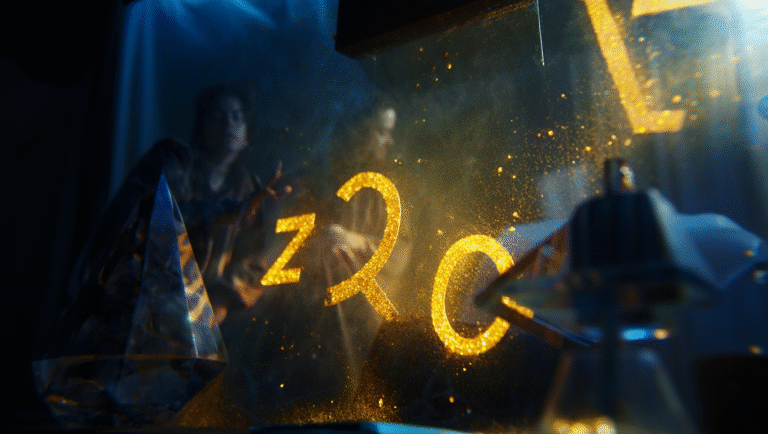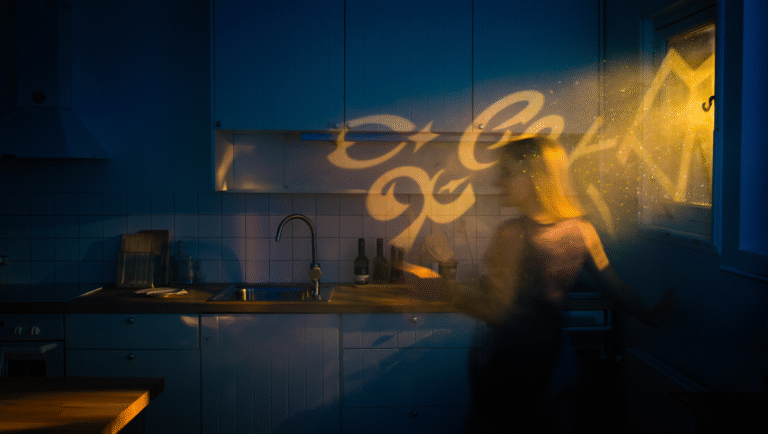Sacred Geometry Basics
Have you ever scrolled past the Flower of Life or the Sri Yantra on Instagram and wondered, “Wait, is this just a pretty pattern or does it *do* something?” Sacred geometry isn’t just for tattoos and yoga studios. It’s a toolkit of universal patterns found in everything from sunflowers to skyscrapers—and yes, you can use it in your daily routine for focus, intention, and a little more beauty in your space. Let’s keep it practical, science-friendly, and, above all, accessible. No incense required (unless you want it).
Why Sacred Geometry Matters (Even If You’re Not “Spiritual”)
At its core, sacred geometry is about patterns and shapes that repeat throughout nature, art, and architecture. Think: the spirals in a seashell, the symmetry in a snowflake, or the proportions of the Parthenon. These shapes show up everywhere because they’re efficient, balanced, and pleasing to the eye. That’s why designers, architects, and even medics use these patterns—sometimes without even realizing it.
“Sacred geometry isn’t magic—it’s math you can see and feel.”
But beyond being visually cool or mathematically elegant, these patterns can also serve as tools for mindfulness, focus, and intention-setting. Whether you’re an engineer, artist, or just someone trying to organize your desk, understanding sacred geometry can add a fresh perspective to your daily life.
The “Flower of Life” at Work: A Real-World Case
Let’s make this real. Last year, I worked with a graphic designer who was struggling with creative burnout and decision fatigue. We tried an experiment: she started her workday with a quick, 15-minute sketch of the Flower of Life—a pattern made of overlapping circles. The act of drawing it, focusing on the symmetry and repetition, not only calmed her mind but also helped her prioritize tasks. She began to notice that her brainstorming sessions were less chaotic and her designs more balanced. Coincidence? Maybe. But the habit stuck, and so did the results.
The Most Common Sacred Geometry Symbols (And What They’re Good For)
- Flower of Life: Symbolizes unity and creation. Great for brainstorming or intention-setting.
- Metatron’s Cube: Associated with protection and balance. Perfect for “clearing” your workspace or home energy.
- Seed of Life: New beginnings or project launches. Use this when starting something new.
- Sri Yantra: Focus, manifestation, and meditation. Excellent as a visual anchor during mindfulness practice.
- Vesica Piscis: Connection and relationships. Useful for team meetings or relationship rituals.
Quick-Start Guide: 15-Minute Sacred Geometry Ritual
Here’s a simple way to use sacred geometry in your day—no advanced math required. You’ll need:
- Paper or a notebook
- A pen or pencil
- (Optional) A printed sacred geometry symbol (see links below)
- Pick your symbol: Choose one that matches your intention (see table below).
- Set a timer for 15 minutes.
- Draw the symbol or trace it slowly, focusing on the lines, curves, and symmetry. Let your mind settle into the pattern.
- As you draw, think about your intention. For example: clarity, protection, creativity.
- When finished, place your drawing somewhere visible, like your desk or mirror. Let it serve as a daily visual cue.
Symbol Comparison Table
| Name | Key Feature | Size/Material | Price range | Amazon link |
|---|---|---|---|---|
| Flower of Life | Unity, creativity | Wood, metal, prints (4-12 in) | $10–$40 | Check price on Amazon |
| Metatron’s Cube | Protection, balance | Crystal grid, wall art (6-10 in) | $12–$30 | See today’s deal |
| Sri Yantra | Focus, manifestation | Copper, prints (3-8 in) | $8–$25 | Check price on Amazon |
| Seed of Life | New beginnings | Wood, stickers (2-6 in) | $7–$20 | See today’s deal |
| Vesica Piscis | Connection | Prints, pendants (1-3 in) | $6–$18 | Check price on Amazon |
What to Look for When Buying Sacred Geometry Art or Tools
- Material: Wood or metal for durability; paper prints for budget flexibility.
- Size: Smaller for personal use (desk, altar), larger for wall decor.
- Finish: Smooth edges if you’re using them for tracing or ritual; otherwise, go with what fits your space.
- Price: Quality art doesn’t have to be expensive. Look for honest reviews and clear photos.
Pros:
- Instant visual upgrade for your space
- Easy to use as a mindfulness anchor
- Conversation starter (and, yes, Zoom background enhancer)
Cons:
- Some pieces can be overpriced for what you get
- If you’re not into patterns, might feel “busy” visually
- Be wary of wild claims—these are tools, not miracle machines
Best for: Visual thinkers, mindfulness fans, anyone who likes a bit of structure with their creativity.
Other Practical Uses for Sacred Geometry
- Vision boards: Use geometric layouts for organizing goals visually.
- Crystal grids: Arrange your stones on a symbol for focused intention (see crystal grid templates here).
- Journaling prompts: Sketch a symbol and write about what it means for your day.
- Digital backgrounds: Download a free sacred geometry wallpaper from Pexels or Unsplash.
Resources for Templates & Learning
- sacred-geometry.com – Free printables and explanations
- YouTube tutorial: How to draw the Flower of Life
- Skillshare: Sacred Geometry classes
“You don’t have to believe in anything mystical to benefit from pattern, repetition, and focus. Sometimes, a little symmetry goes a long way.”
Sacred Geometry: A 15-Minute Checklist
- Pick your symbol (see table above)
- Set your timer (15 minutes)
- Sketch or trace the pattern
- Focus on a single intention as you draw
- Display your work or use as a background
- Optional: Try a crystal grid or journaling prompt
Final Thoughts
Sacred geometry is everywhere—literally. Whether you’re using it for creative focus, meditation, or just because you like the look, it’s a practical and science-respecting way to add new energy to your space and your day. No mystic initiation required. If you’re curious, start simple: grab a pen, pick a symbol, and see what 15 minutes can do.
Some links in this post may be affiliate. You pay the same price, but this blog may earn a small commission if you buy through them. Thanks for supporting honest, practical content!







